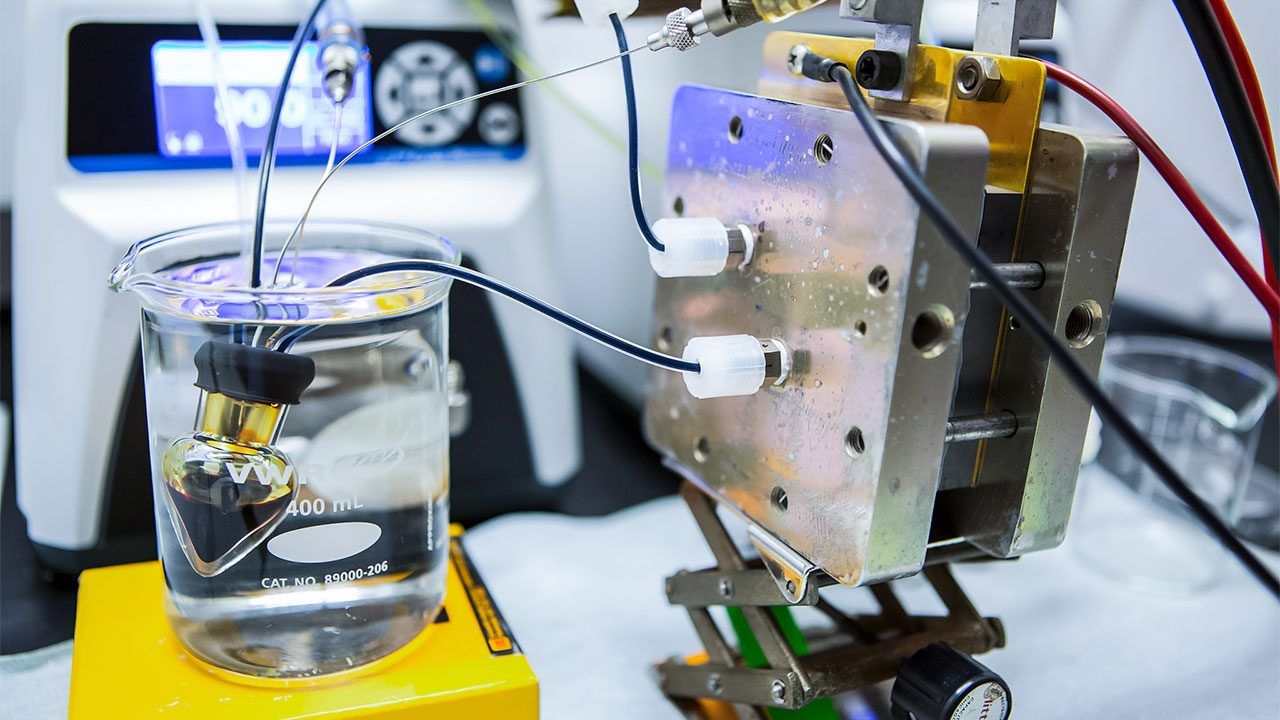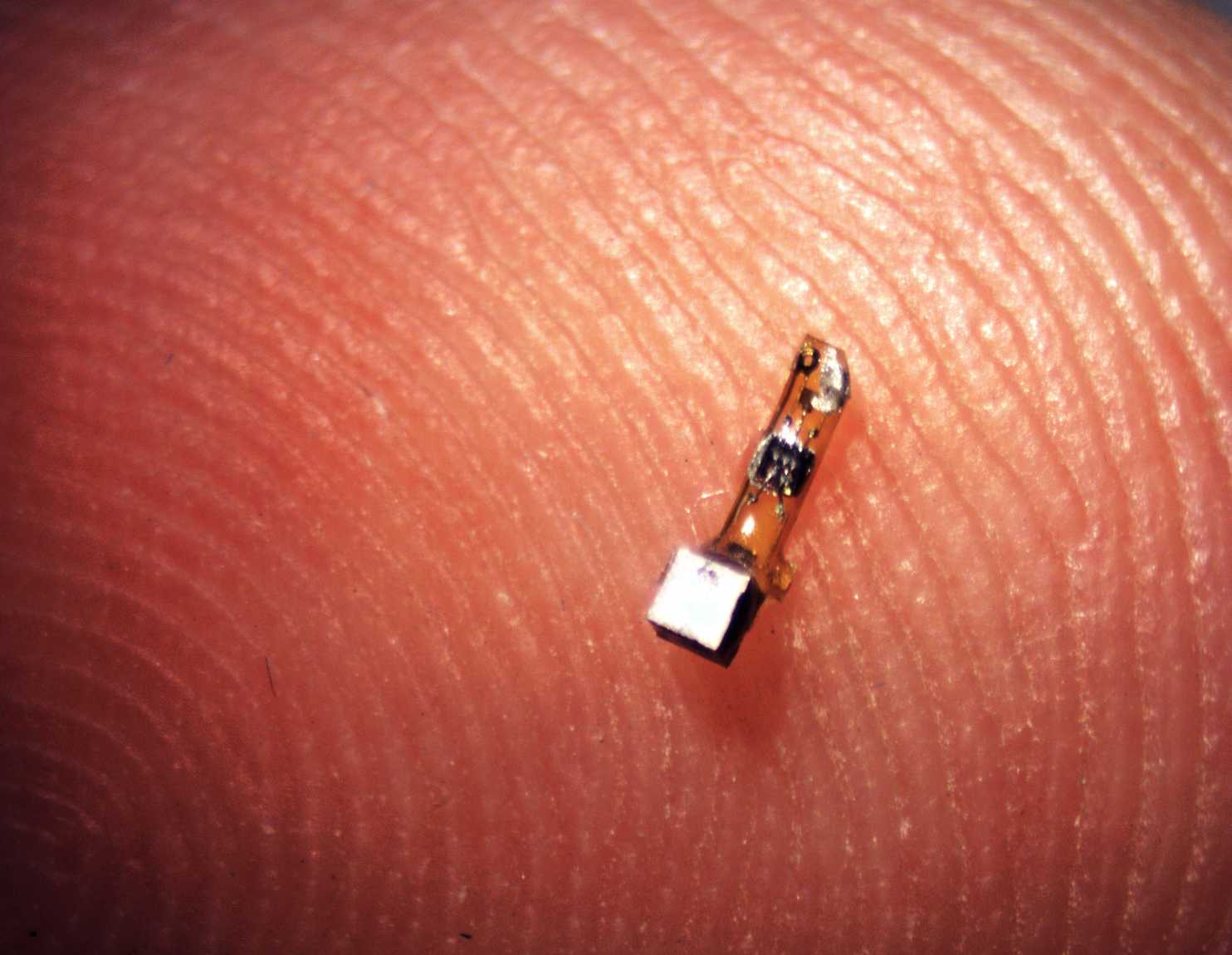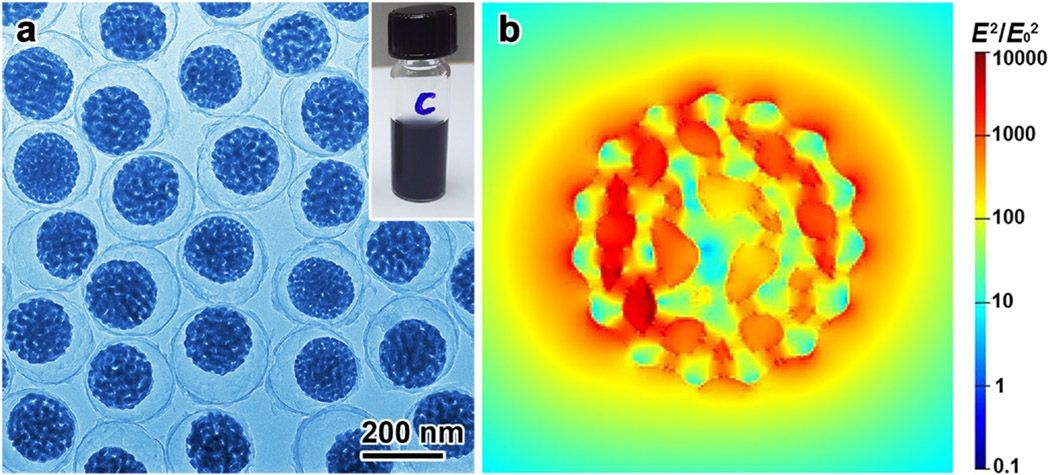Page 10988
Aug 4, 2016
Here’s Why North Korea Wants to Go to the Moon
Posted by Karen Hurst in categories: materials, space travel
Sure its only to place a flag on the moon. I am sure that the opportunity around rare materials mining, etc. is also enticing to N Korea.
Totally for peaceful purposes, the country says.
Aug 4, 2016
Chemists create vitamin-driven battery
Posted by Karen Hurst in categories: energy, nanotechnology
A team of University of Toronto chemists has created a battery that stores energy in a biologically-derived unit, paving the way for cheaper consumer electronics that are easier on the environment.
The battery is similar to many commercially-available high-energy lithium-ion batteries with one important difference. It uses flavin from vitamin B2 as the cathode: the part that stores the electricity that is released when connected to a device.
“We’ve been looking to nature for a while to find complex molecules for use in a number of consumer electronics applications,” says Dwight Seferos, an associate professor in U of T’s department of chemistry and Canada Research Chair in Polymer Nanotechnology.
Aug 4, 2016
Hackers could get inside your brain, warns experts
Posted by Karen Hurst in categories: cybercrime/malcode, neuroscience, quantum physics

I have reported on this threat for a very long time as we see more BMI technology advance. However, one are where things could drastically reduce hacking and breeches is the migration to a Quantum based net and infrastructure.
Cyberthieves might be mining personal information from your brainwaves at this very moment.
Continue reading “Hackers could get inside your brain, warns experts” »
Aug 4, 2016
Facts About the Secret Laser Weapons Systems Russia is Developing
Posted by Karen Hurst in category: military
Reminds me of the 1980s all over again with Reagan’s StarWars Program.
Deputy Defense Minister Yuri Borisov has revealed that the Russian military has commissioned several types of laser weaponry, but remains tight-lipped about the kinds of systems being developed. What kinds of systems does the officer have in mind? Military experts speaking to one of Russia’s leading independent newspapers attempted to find out.
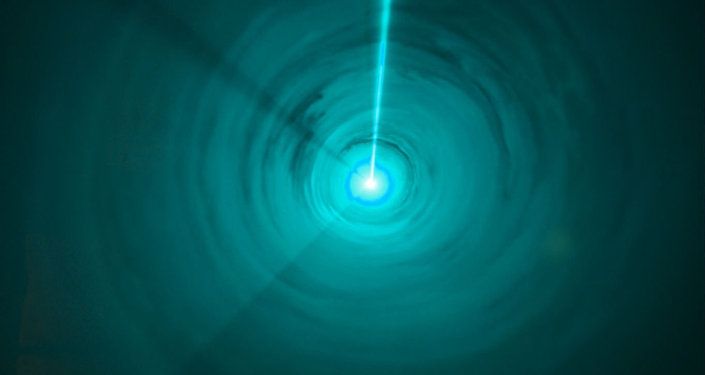
Continue reading “Facts About the Secret Laser Weapons Systems Russia is Developing” »
Aug 4, 2016
US Government gives go-ahead to research to grow part-animal part-human organs for transplants
Posted by Karen Hurst in categories: biotech/medical, government, health, policy
Posting for the friends who hasn’t heard about the US funding the new program to grow half human and half animal embryos. Part of the goal is to enable organs to be made available for transplants, etc…
The federal government is planning to lift a moratorium on funding of controversial experiments that use human stem cells to create animal embryos that are partly human.
The National Institutes of Health has unveiled a new policy to permit scientists to get federal money to make the embryos, known as chimeras, under certain carefully monitored conditions.
Aug 4, 2016
Engineers implanted tiny sensors in rats’ nerves and muscles. Are humans next?
Posted by Karen Hurst in categories: biotech/medical, computing, cyborgs, health
The benefits of the technology for humans, while still largely hypothetical, are promising. The sensors could allow physicians to monitor the health of organs, create new therapies for neurological disorders, and help the physically impaired to control prosthetics.
While chips have been implanted in humans and other animals before, these sensors mark a significant improvement because they are small, wireless, batteryless, and could last in the body for years without degrading, said Michel Maharbiz, the associate professor who devised and studied the sensors alongside neuroscientist Jose Carmena.
“Hopefully the [tiny sensors] demonstrate a new direction for the field, and then you could build the consensus that’s needed to drive these forward,” Maharbiz said.
Continue reading “Engineers implanted tiny sensors in rats’ nerves and muscles. Are humans next?” »
Aug 4, 2016
New way to model molecules
Posted by Karen Hurst in categories: biological, chemistry, computing, encryption, quantum physics, robotics/AI, solar power, sustainability
Magine a future in which hyper-efficient solar panels provide renewable sources of energy, improved water filters quickly remove toxins from drinking water, and the air is scrubbed clean of pollution and greenhouse gases. That could become a reality with the right molecules and materials.
Scientists from Harvard and Google have taken a major step toward making the search for those molecules easier, demonstrating for the first time that a quantum computer could be used to model the electron interactions in a complex molecule. The work is described in a new paper published in the journal Physical Review X by Professor Alán Aspuru-Guzik from the Department of Chemistry and Chemical Biology and several co-authors.
“There are a number of applications that a quantum computer would be useful for: cryptography, machine learning, and certain number-theory problems,” Aspuru-Guzik said. “But one that has always been mentioned, even from the first conceptions of a quantum computer, was to use it to simulate matter. In this case, we use it to simulate chemistry.”
Aug 4, 2016
MIT and DARPA Pack Lidar Sensor onto Single Chip
Posted by Karen Hurst in categories: computing, robotics/AI, transportation
Smaller than a dime and with no moving parts, MIT’s lidar-on-a-chip is exactly what cars and robots need.
Aug 4, 2016
Porous plasmonic nanoparticles for surface-enhanced Raman scattering applications
Posted by Karen Hurst in category: particle physics
A novel strategy is used to synthesize porous gold-silver alloy nanospheres encased in ultrathin silica shells that can act as highly sensitive single-particle probes.
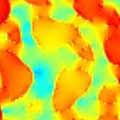
Gold (Au) and silver (Ag) nanoparticles are typical plasmonic nanoparticles that exhibit an intense electromagnetic field in their proximity when they are irradiated by incident light. Within these fields—known as ‘hotspots’—the Raman scattering of molecules can be magnified by many orders of magnitude (depending on the intensity of the local electric field). In this so-called surface-enhanced Raman scattering (SERS) phenomenon,1 the Raman scattering signals contain information relating to the bond vibrations and thus provide ‘signatures’ of the molecules (which enables their spectroscopic detection). In the pursuit of high-sensitivity SERS analyses, it is therefore highly desirable to specifically construct hotspots.


